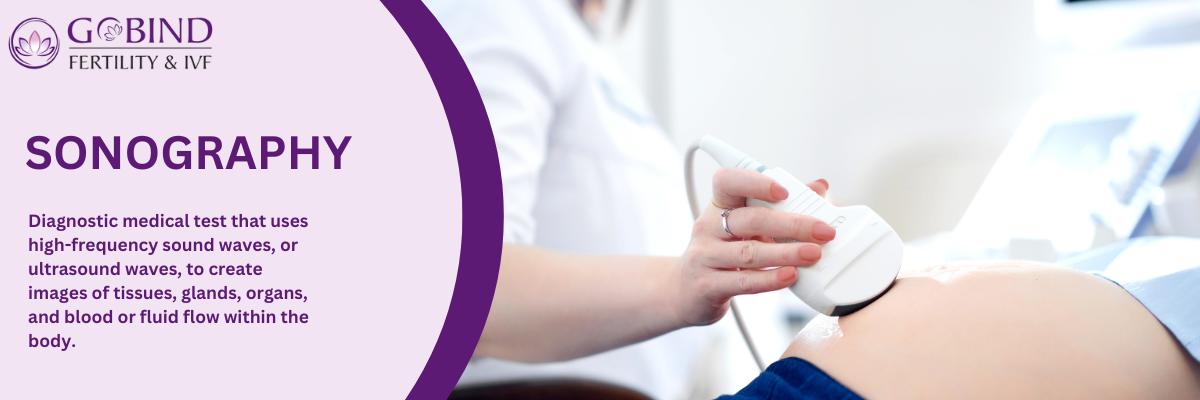

Sonography
Sonography, also known as ultrasound imaging, is a diagnostic medical procedure that uses high-frequency sound waves to produce images of internal body structures. It is commonly used to visualize organs, tissues, and blood flow, aiding in the diagnosis and monitoring of various medical conditions.
Sonography, sometimes referred to as ultrasonography or ultrasound, is a diagnostic imaging method that produces images of bodily structures in real time using high-frequency sound waves. It is a commonly utilized, safe, and non-invasive technique.
Here are some important sonography-related points:
Sonography uses a handheld probe known as a transducer to send high-frequency sound waves into the body. The transducer picks up the returning echoes of these sound waves as they bounce off different tissues and structures, converting them into electrical signals. After processing, these impulses are shown as pictures on a monitor.
Because sonography is safe, versatile, and can give real-time imaging without ionizing radiation, it is frequently employed in many medical fields, including radiology, obstetrics, cardiology, and musculoskeletal medicine.
Advanced sonography (ultrasound) imaging techniques are used at GOBIND Fertility and IVF to assess and track the reproductive health of female patients and 3D and 4D feature of machine can tell structural defects in uterus. Sonography is essential to the diagnosis and treatment of infertility.
For female patients, our experienced sonographers perform transvaginal ultrasounds to assess:
- Ovarian reserve and follicle development
- Uterine anatomy and any structural abnormalities
- Endometrial lining thickness and quality
- Early pregnancy monitoring
Pelvic ultrasounds using an abdominal transducer may also be conducted to visualize the uterus, ovaries, and surrounding anatomy.
For male patients, scrotal ultrasounds are offered to evaluate:
- Testicular size, shape, and position
- Presence of varicoceles or other abnormalities
- Signs of inflammation or infection
Our state-of-the-art ultrasound systems produce high-resolution images, allowing our physicians to make accurate diagnoses and treatment plans.
All sonography procedures are performed by certified professionals in a warm, comfortable environment. Patients remain fully dressed for abdominal and scrotal ultrasounds.
Sonography FAQ:
Q: How should I prepare for a pelvic/transvaginal ultrasound?
A: You may need to pass urine for some exams. Our staff will provide specific preparation instructions before your appointment.
Q: Is a full bladder needed for a scrotal ultrasound?
A: No, a full bladder is not required for scrotal ultrasound exams.
Q: Are sonography procedures painful?
A: Transvaginal ultrasounds may cause minor cramping or pressure sensations, but most patients tolerate them well. Scrotal and abdominal ultrasounds are generally not painful.
Q: How long do sonography appointments take?
A: Appointments typically last 30-60 minutes to allow time for the ultrasound exam and any pre/post instructions.
Q: How soon are sonography results available?
A: A radiologist will interpret your ultrasound images promptly, and your physician will discuss the results with you, typically on the same day.
Q: Can I request a copy of my sonogram images?
A: Yes, copies of your sonogram images can be provided to you upon request after your appointment.

















